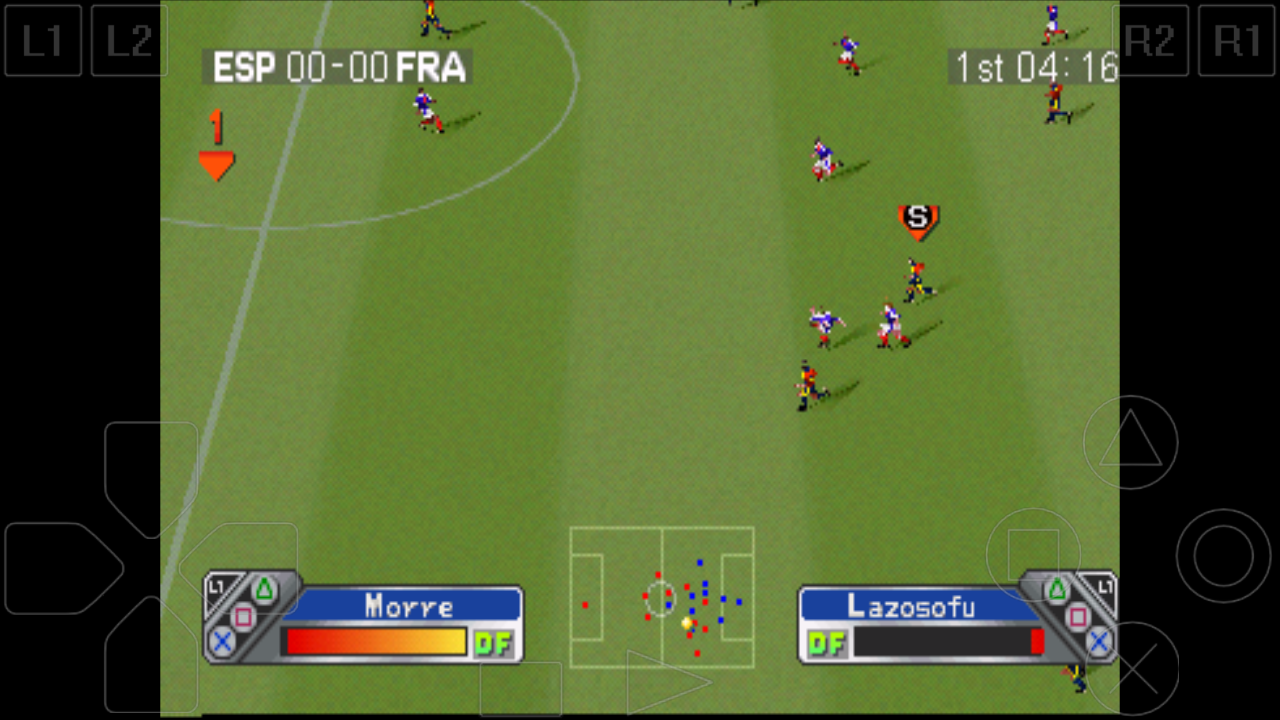
Since, unfortunately, no other contemporaneous sources have been found it may never be possible to settle this issue satisfactorily. The occurrence of the triples in the Sulvasutras is comparable to mathematics that one may encounter in an introductory book on architecture or another similar applied area, and. Since these tablets predate the Sulbasutras period by several centuries, taking into account the contextual appearance of some of the triples, it is reasonable to expect that similar understanding would have been there in India. They also contain statements (that with hindsight we know to be approximate) about squaring the circle and circling the square. The diagonal rope ( akay-rajju ) of an oblong (rectangle) produces both which the flank ( prvamni ) and the horizontal ( tiryamn ) produce separately.

Stras contain the earliest extant verbal expression of the Pythagorean Theorem in the world, although it had already been known to the Old Babylonians. There have been recent discoveries showing that ancient Babylonians may have discovered astronomical geometry nearly 1400 years before Europeans did.Įarly Indian texts (1st millennium BC) on this topic include the Satapatha Brahmana and the ulba Stras.

This measurement for distances eventually was converted to a time-mile used for measuring the travel of the Sun, therefore, representing time. The Babylonians are also known for the Babylonian mile, which was a measure of distance equal to about seven miles today. The volume of a cylinder was taken as the product of the base and the height, however, the volume of the frustum of a cone or a square pyramid was incorrectly taken as the product of the height and half the sum of the bases.Īlso, there was a recent discovery in which a tablet used as 3 and 18.


They measured the circumference of a circle as three times the diameter and the area as one-twelfth the square of the circumference, which would be correct if is estimated as 3. The diagonal of the corner squares were used to make an irregular octagon with an area of 63 units. This value was slightly less accurate than the calculations of the Babylonians (258 3.125, within 0.53 percent), but was not otherwise surpassed until Archimedes approximation of 21187567441 3.14163, which had an error of just over 1 in 10,000. This assumes that is 4(89) 2 (or 3.160493.), with an error of slightly over 0.63 percent. His book, The Elements is widely considered the most influential textbook of all time, and was known to all educated people in the West until the middle of the 20th century.Įarly geometry was a collection of empirically discovered principles concerning lengths, angles, areas, and volumes, which were developed to meet some practical need in surveying, construction, astronomy, and various crafts.Īmong these were some surprisingly sophisticated principles, and a modern mathematician might be hard put to derive some of them without the use of calculus and algebra.įor example, both the Egyptians and the Babylonians were aware of versions of the Pythagorean theorem about 1500 years before Pythagoras and the Indian Sulba Sutras around 800 BC contained the first statements of the theorem the Egyptians had a correct formula for the volume of a frustum of a square pyramid.


 0 kommentar(er)
0 kommentar(er)
